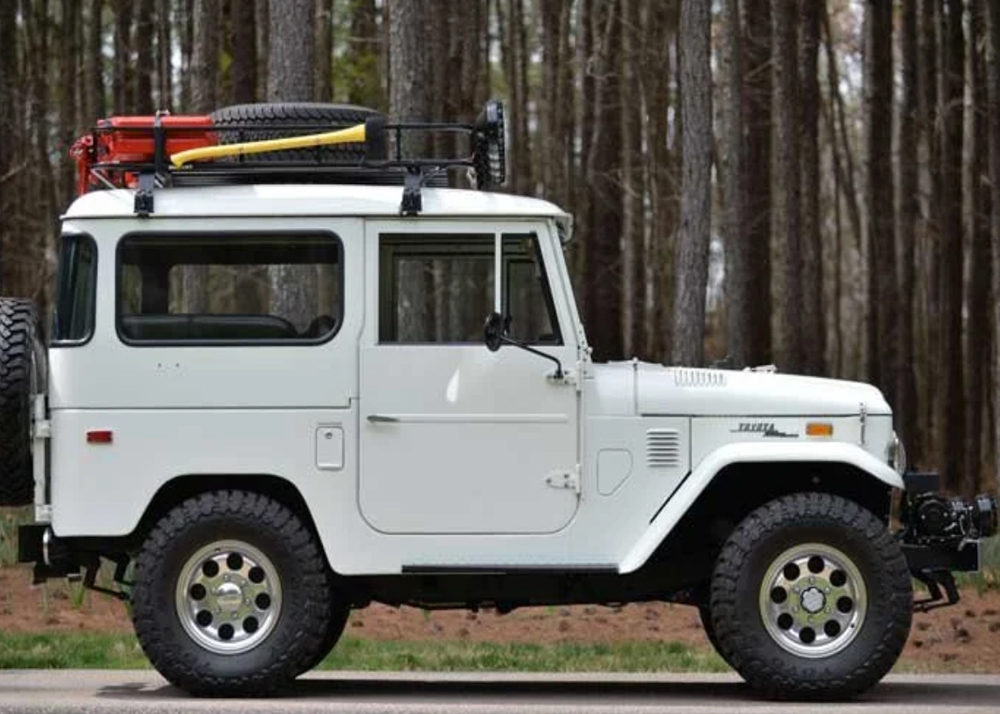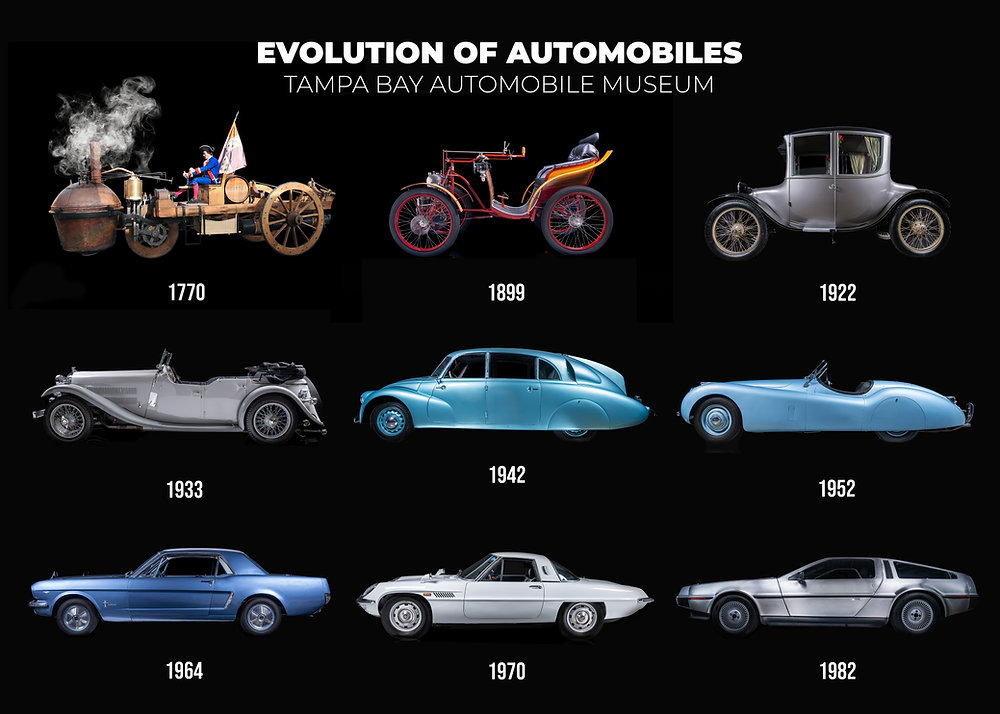The History of the FJ Cruiser
The Toyota FJ Cruiser is one of the most iconic SUVs ever built, blending rugged off-road performance with a retro-inspired design that pays homage to Toyota’s legendary past. Introduced in the mid-2000s, the FJ Cruiser quickly became a cult favorite for adventure seekers, off-road enthusiasts, and collectors around the world.
Origins and Inspiration
The FJ Cruiser was first revealed as a concept at the 2003 North American International Auto Show (Detroit). Its design was heavily inspired by the Toyota Land Cruiser FJ40 from the 1960s, a model known for its toughness and ability to handle extreme terrains. Due to the overwhelming positive feedback, Toyota decided to bring the concept to production.
Production Years
-
2006–2014 (Worldwide): Toyota launched the FJ Cruiser in 2006 as a mid-size SUV designed for both off-road trails and city roads.
-
The vehicle featured a boxy retro design, short wheelbase, and distinctive round headlights with a wide grille, making it instantly recognizable.
-
Its suicide rear-hinged doors provided unique styling while maintaining practicality.
Off-Road Capability
The FJ Cruiser was engineered with true off-road performance in mind:
-
Equipped with full-time 4WD, high ground clearance, and skid plates.
-
A powerful 4.0L V6 engine, paired with either a 5-speed automatic or 6-speed manual transmission.
-
Advanced features like locking rear differentials and A-TRAC traction control made it highly capable in mud, sand, and rocky terrain.
Legacy and Popularity
Although production officially ended in 2014 worldwide, Toyota extended its sales in the Middle East until 2017 due to its massive popularity in the region. Today, the FJ Cruiser enjoys a strong following among off-road enthusiasts and collectors, with used models often retaining high resale value.
It has become a modern classic, symbolizing adventure, durability, and Toyota’s commitment to building vehicles that can take drivers anywhere.




